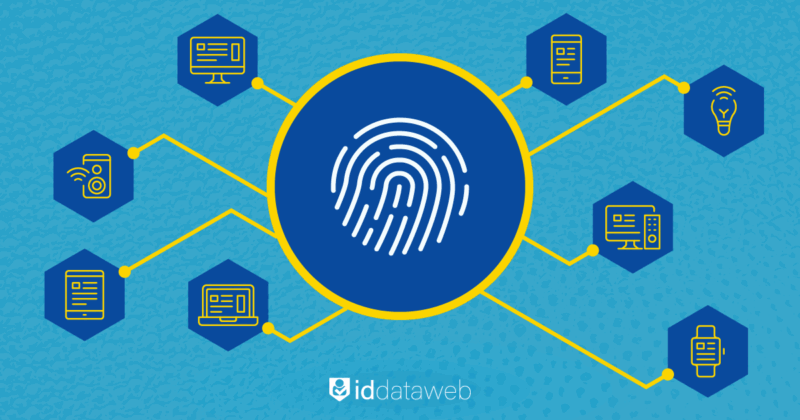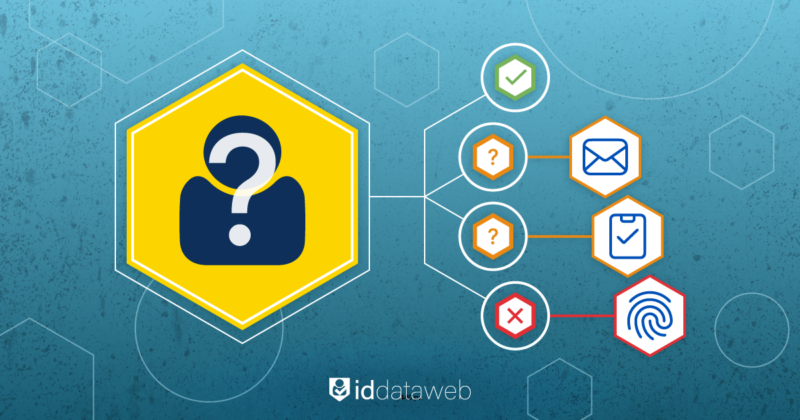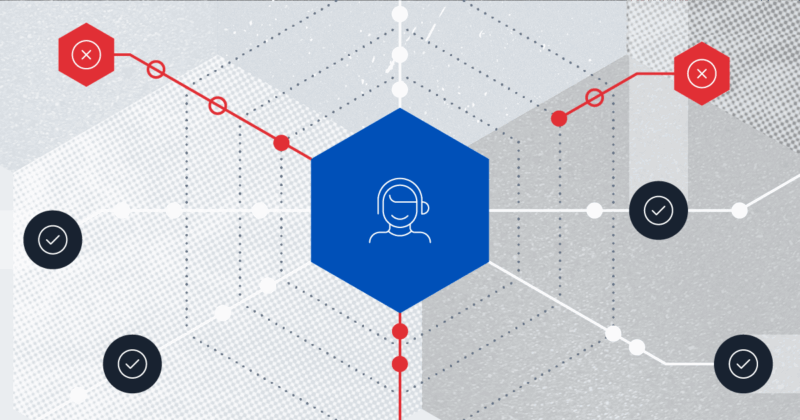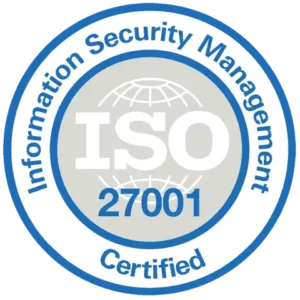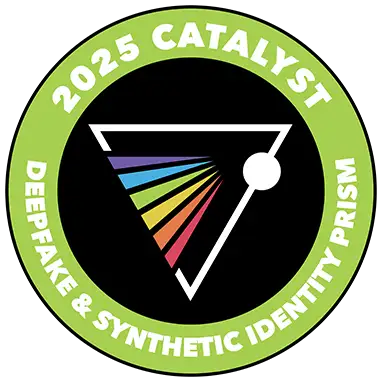As digital transformation accelerates, enterprises face growing pressure to secure digital interactions while meeting evolving compliance standards. The U.S. National Institute of Standards and Technology (NIST) has long set the bar for digital identity through its Special Publication 800-63 series. These guidelines are not only mandatory for federal agencies but have become a de facto standard for private sector enterprises managing identity at scale.
The forthcoming revision, NIST SP 800-63, Revision 4, signals a shift in the identity assurance landscape. Set to replace the 2017 SP 800-63-3 standards, this new draft, published in August 2024 for final review, introduces heightened expectations for authentication strength and federation security. For security, identity, and compliance leaders at banks, insurers, and other high-assurance sectors, this development demands attention. Common identity proofing and insecure federation practices may no longer meet compliance needs. Staying ahead of NIST’s evolution ensures not just regulatory alignment, but a stronger defense against identity-based threats. The critical question facing teams is clear: Are your assurance levels ready?
Understanding digital identity assurance levels
NIST SP 800-63 guidelines define digital identity assurance using a structured framework of three interdependent categories: Identity Assurance Level (IAL), Authenticator Assurance Level (AAL) and Federation Assurance Level (FAL). Each represents a pillar of identity trustworthiness, from how identities are verified to how they authenticate and interact across domains.
Identity Assurance Level (IAL) addresses how rigorously an individual’s identity is established. At IAL1, no proofing is required. IAL2 introduces moderate verification, including remote or in-person checks of reliable identity evidence. IAL3, the most stringent, demands physical presence and supervised document verification, which is suitable for high-risk scenarios.
Authenticator Assurance Level (AAL) refers to the strength of authentication mechanisms used post-enrollment. AAL1 permits single-factor methods; AAL2 mandates multi-factor authentication (MFA), balancing usability and security. AAL3 represents the highest bar, requiring hardware-based authenticators, such as security keys or smartcards, that are resistant to impersonation and phishing.
Federation Assurance Level (FAL) governs the integrity of federated identity assertions. FAL1 supports basic bearer assertions, such as Security Assertion Markup Language (SAML) or OpenID Connect. FAL2 enhances this with cryptographic proof of possession. FAL3 elevates trust further by requiring signed assertions and endpoint validation, ensuring the authenticity of federated logins.
Together, these levels enable organizations to map identity workflows to appropriate security and risk thresholds. By aligning each assurance dimension with the sensitivity of a given transaction or system, enterprises can confidently deliver secure, seamless user experiences.
What’s New in NIST SP 800-63-4?
The second draft of SP 800-63-4 introduces changes that address the evolution of digital identity guidelines and the growing complexity of modern threat landscapes. One of the most notable shifts is its stronger emphasis on accessibility. The new guidelines call for more inclusive identity verification and authentication processes, ensuring users with disabilities are not left behind. This includes biometric system performance standards that require equitable accuracy across different demographic groups, promoting fairness and security.
Identity proofing options have also expanded. In recognition of emerging technologies, NIST now acknowledges mobile driver’s licenses (mDLs) and verifiable credentials as valid forms of identity evidence. These innovations have the potential to reduce onboarding friction while still satisfying IAL2 or higher requirements, giving organizations greater flexibility without compromising on assurance.
Security expectations around authentication are rising as well. The new draft mandates that any AAL2 implementation must offer users a phishing-resistant multi-factor authentication (MFA) option. Techniques like FIDO2 security keys or cryptographic push notifications are not only encouraged but essential in mitigating sophisticated account takeover attacks.
Federated identity is undergoing its own transformation. The redefined FAL framework now requires direct user authentication to the relying party using cryptographic authenticators, even in federated contexts. This critical change aims to eliminate vulnerabilities where federated login assertions could be intercepted, such as in man-in-the-middle attacks.
For organizations using Single Sign-On (SSO) or identity federation, these changes may require new technical integrations and updates to trust agreements.
Why enterprises should pay attention
The release of SP 800-63-4 serves as a wake-up call for enterprise security and compliance teams. In today’s landscape of escalating identity threats, many common verification methods simply don’t hold up under the new standards.
Take, for example, knowledge-based authentication or SMS one-time passcodes, two methods that are still used widely across industries. These approaches, while once considered acceptable, are now clearly recognized as high-risk. They’re vulnerable to social engineering and SIM-swapping attacks, and under SP 800-63-4, may no longer meet even moderate assurance thresholds like AAL2. For organizations still relying on these methods, the implications are significant: workflows that appear secure today may soon fall out of compliance and become prime targets for fraud.
Likewise, federated logins that depend solely on bearer tokens without cryptographic proof can expose enterprises to session hijacking. As attackers continue to exploit weak points in identity infrastructure, failing to meet NIST’s evolving guidance doesn’t just increase regulatory risk; it opens the door to real-world consequences like fraud losses, reputational damage, and shattered user trust.
The stakes are high. According to the Federal Trade Commission, identity fraud in the U.S. alone accounted for over 1.1 million reports in 2023, contributing to more than $10 billion in losses across fraud types. In the face of today’s sophisticated cyber threats, enterprises cannot afford to ignore whether their identity assurance practices are current or strong enough.
Questions? Consult with an identity security expert
Preparing for the new standards
Responding to SP 800-63-4 calls for a strategic reassessment of identity architecture. Organizations should evaluate their current posture, mapping existing identity proofing, authentication, and federation processes to IAL, AAL, and FAL definitions, identifying where current workflows fall short of the new criteria as the foundation for meaningful progress.
Modern credentials, such as mobile driver’s licenses and verifiable credentials, offer a promising path forward. These technologies not only support higher assurance levels but also improve user experience by reducing friction. Enterprises aiming to strengthen their identity proofing while keeping onboarding frictionless will find these are valuable tools in the compliance arsenal.
Authentication, too, demands modernization. With phishing-resistant MFA now a requirement for AAL2, organizations must shift away from legacy methods and invest in secure, user-friendly alternatives. Whether through FIDO2 security keys or cryptographically signed push notifications, the goal is clear: eliminate avenues for credential phishing and reduce the likelihood of account compromise, both are critical to effective fraud prevention.
Federation architectures must also evolve. The new FAL criteria introduce a need for cryptographic binding in federated transactions, meaning SSO environments must authenticate users directly to the relying party with strong authenticators. This rethinking of trust relationships and protocols may require not only technical reconfiguration but also revisions to agreements with identity providers and partners.
Successfully navigating these changes depends in large part on strategic partnerships. Enterprises should engage with identity vendors who are not just familiar with the new standards but actively build compliance into their platforms. Working with partners who anticipate change, rather than react to it, ensures organizations remain secure and aligned with best practices as they emerge.
How ID Dataweb can help
ID Dataweb’s identity fraud mitigation and risk management platform is purpose-built to align with assurance standards like those in SP 800-63-4. It helps enterprises future-proof their identity verification, achieving high levels of trust and compliance without adding friction to the user journey.
With built-in support for IAL2, our identity orchestration engine enables seamless adoption of NIST-aligned practices. We equip clients to roll out phishing-resistant MFA using passwordless authentication with tools like FIDO2 keys or cryptographic push methods, reducing the overhead often associated with high-assurance authentication.
Beyond compliance, our risk engine delivers intelligent decisioning in real time, flagging suspicious activity the moment it occurs. This satisfies NIST’s fraud detection guidance while strengthening your broader fraud prevention strategy.
Flexibility is another cornerstone of our platform. ID Dataweb supports modern credential formats, including mobile Driver’s Licenses (mDLs) and verifiable credentials, giving enterprises more control over their identity proofing strategy without sacrificing user convenience.
Achieve security without sacrifice
Conclusion
NIST SP 800-63-4 represents a modernization of digital identity guidelines, acknowledging new threats, user needs, and outlining solutions. With the draft guidelines nearing finalization, now is the time for enterprises to assess their assurance levels and ensure readiness.
For organizations navigating compliance, security and user experience, ID Dataweb offers a future-ready platform aligned with evolving NIST standards. Don’t wait for the final release to take action; fortify your digital identity infrastructure today and build trust with every user interaction.
And while SP 800-63-4 focuses on compliance and assurance, the broader landscape of identity is evolving just as rapidly. To see how trends like passwordless authentication, decentralized identity, and adaptive access policies are shaping the future, check out our blog on IAM Trends for 2025. It’s a valuable companion to understanding not just where standards are going, but where the entire identity ecosystem is headed.


